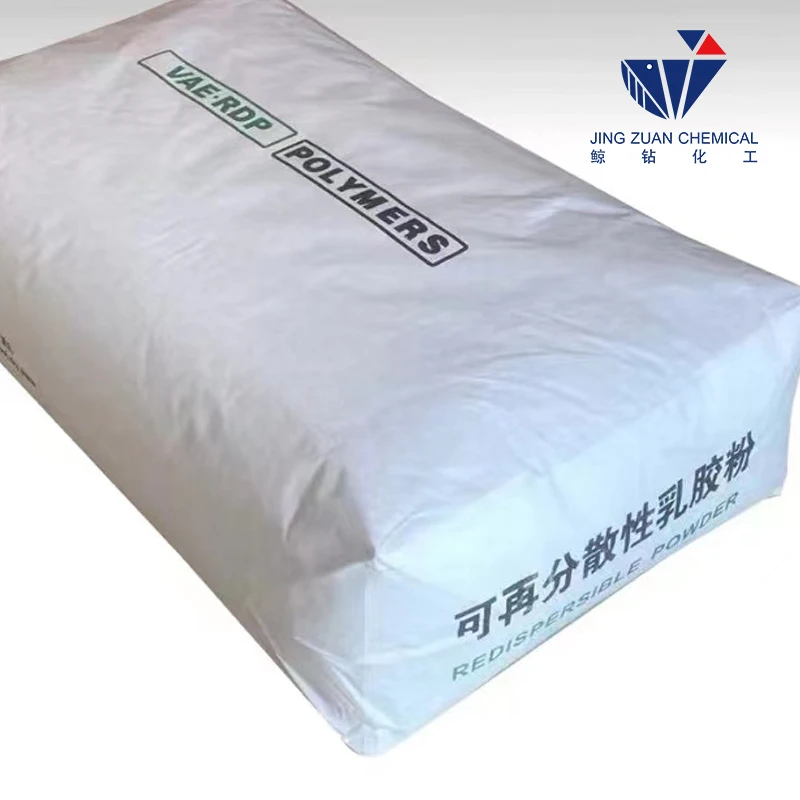
Dec . 03, 2024 18:45 Back to list
hpmc 4000
Understanding HPMC 4000 A Versatile Polymer in Pharmaceutical Applications
Hydroxypropyl Methylcellulose (HPMC) is a cellulose derivative that plays a significant role in the pharmaceutical industry due to its unique properties and versatility. Among the various grades available, HPMC 4000 stands out for its balanced molecular weight, making it particularly suitable for a range of applications, from drug formulation to controlled release strategies.
What is HPMC?
HPMC is derived from the natural polymer cellulose through a chemical modification process that introduces hydroxypropyl and methyl groups into the cellulose structure. This modification alters the polymer's solubility and thermal properties, allowing it to dissolve in cold water and form viscous solutions. HPMC is non-toxic, biodegradable, and has excellent film-forming properties, which makes it a preferred choice in various applications, especially in pharmaceuticals.
Properties of HPMC 4000
HPMC 4000, characterized by its specific molecular weight, is notable for its viscosity and binding capabilities. It possesses a medium range of viscosity, which facilitates ease of use in formulations requiring thickening and stabilizing agents. The unique formulation of HPMC 4000 allows it to maintain viscosity over a range of pH levels and temperatures, ensuring product integrity throughout storage and during the release phase.
In addition to viscosity, HPMC 4000 has a unique capability for forming gels, which is particularly beneficial in the development of sustained-release systems. These properties can be harnessed to improve the bioavailability of drugs, providing a gradual release of active ingredients, which can enhance therapeutic outcomes.
hpmc 4000

Applications in Pharmaceuticals
The pharmaceutical industry utilizes HPMC 4000 in a multitude of ways. One of its most significant roles is as a binder in tablet formulations. The polymer aids in the compaction of active pharmaceutical ingredients, ensuring that the tablets maintain structural integrity while controlling disintegration rates. This is crucial in achieving desired dissolution profiles, and ultimately, bioavailability of the medication.
Moreover, HPMC 4000 is often used in controlled-release medications, where it acts as a matrix-forming agent. The polymer's gelling properties allow for a slow and steady release of the drug into the bloodstream, which can be particularly advantageous for medications requiring consistent dosing over extended periods. This quality not only improves the efficacy of the treatment but also enhances patient compliance by reducing the frequency of dosing.
Another important application of HPMC 4000 is in the formulation of ophthalmic solutions. Its ability to form stable gels and its compatibility with various active compounds render it an ideal excipient in eye drops and gels, providing prolonged contact time on the ocular surface. This property is vital for therapeutic interventions aimed at treating ocular conditions.
Additionally, HPMC 4000 finds its utility in the development of coatings for tablets and capsules. Its film-forming capability ensures a uniform coating, which protects the active ingredients from environmental factors while providing a delayed-release profile. This is particularly useful for enteric-coated formulations, where the aim is to prevent drug release in the acidic environment of the stomach.
Conclusion
HPMC 4000 serves an integral role in pharmaceutical formulations due to its versatile properties, such as binding, thickening, and controlled release capabilities. Its ability to maintain stability and efficacy across various applications makes it an invaluable asset in the drug development process. As the pharmaceutical landscape continues to evolve, the importance of polymers like HPMC 4000 will only increase, as researchers and formulators look for innovative solutions to improve drug delivery and patient outcomes. The ongoing study and adaptation of HPMC derivatives promise exciting advancements in pharmaceutical technology, ultimately enhancing the health and well-being of patients worldwide.
-
Versatile Hpmc Uses in Different Industries
NewsJun.19,2025
-
Redispersible Powder's Role in Enhancing Durability of Construction Products
NewsJun.19,2025
-
Hydroxyethyl Cellulose Applications Driving Green Industrial Processes
NewsJun.19,2025
-
Exploring Different Redispersible Polymer Powder
NewsJun.19,2025
-
Choosing the Right Mortar Bonding Agent
NewsJun.19,2025
-
Applications and Significance of China Hpmc in Modern Industries
NewsJun.19,2025







